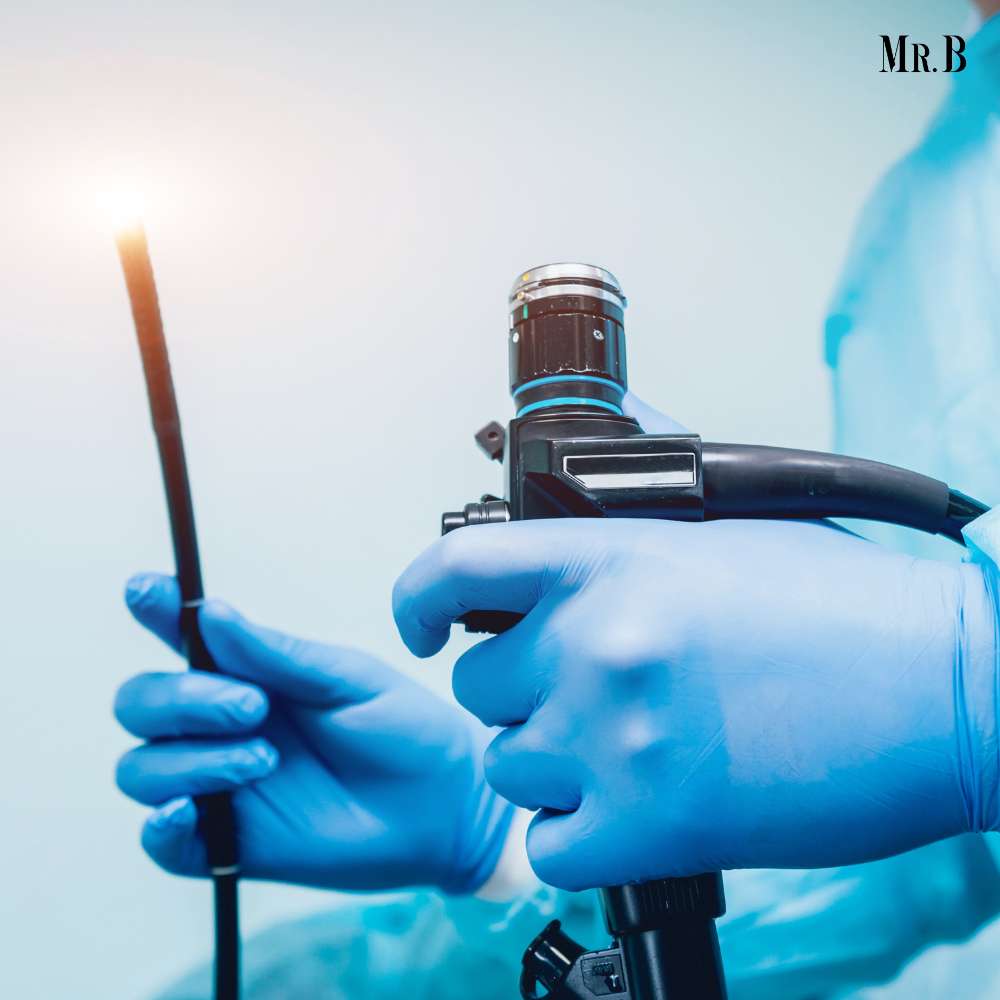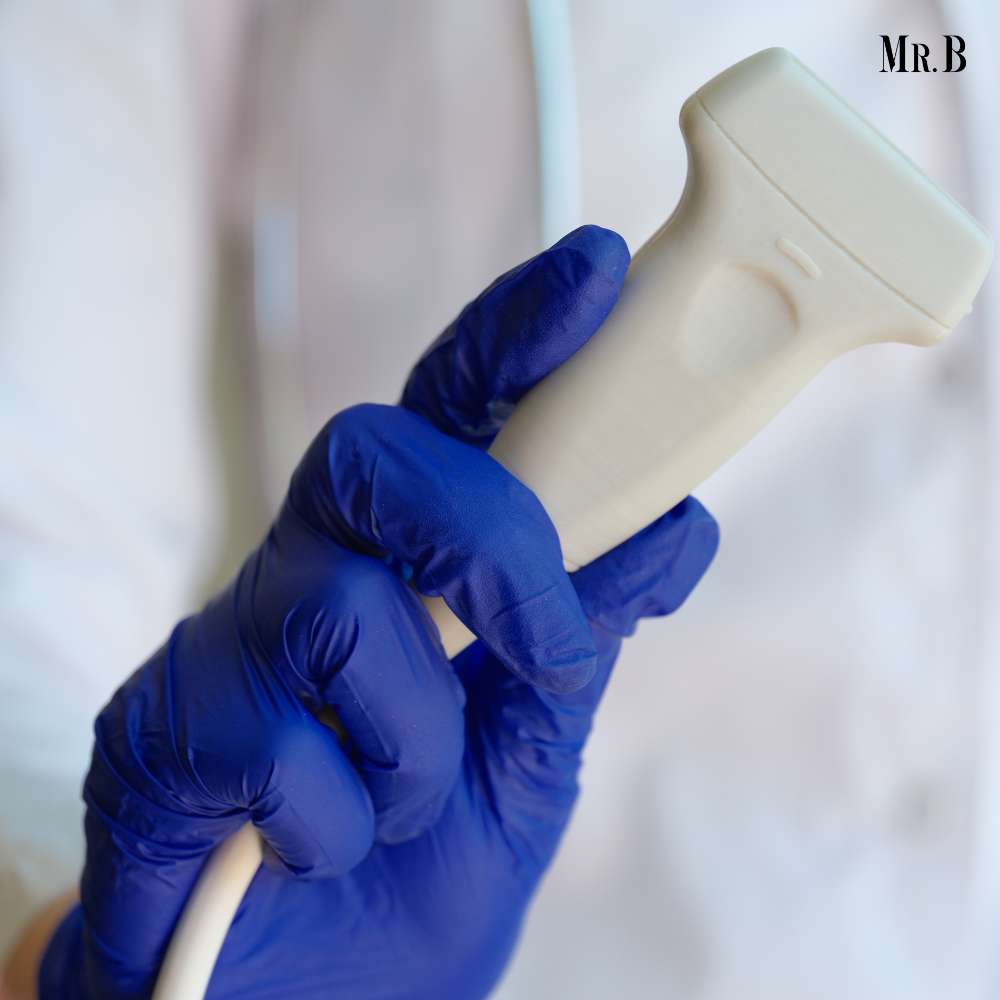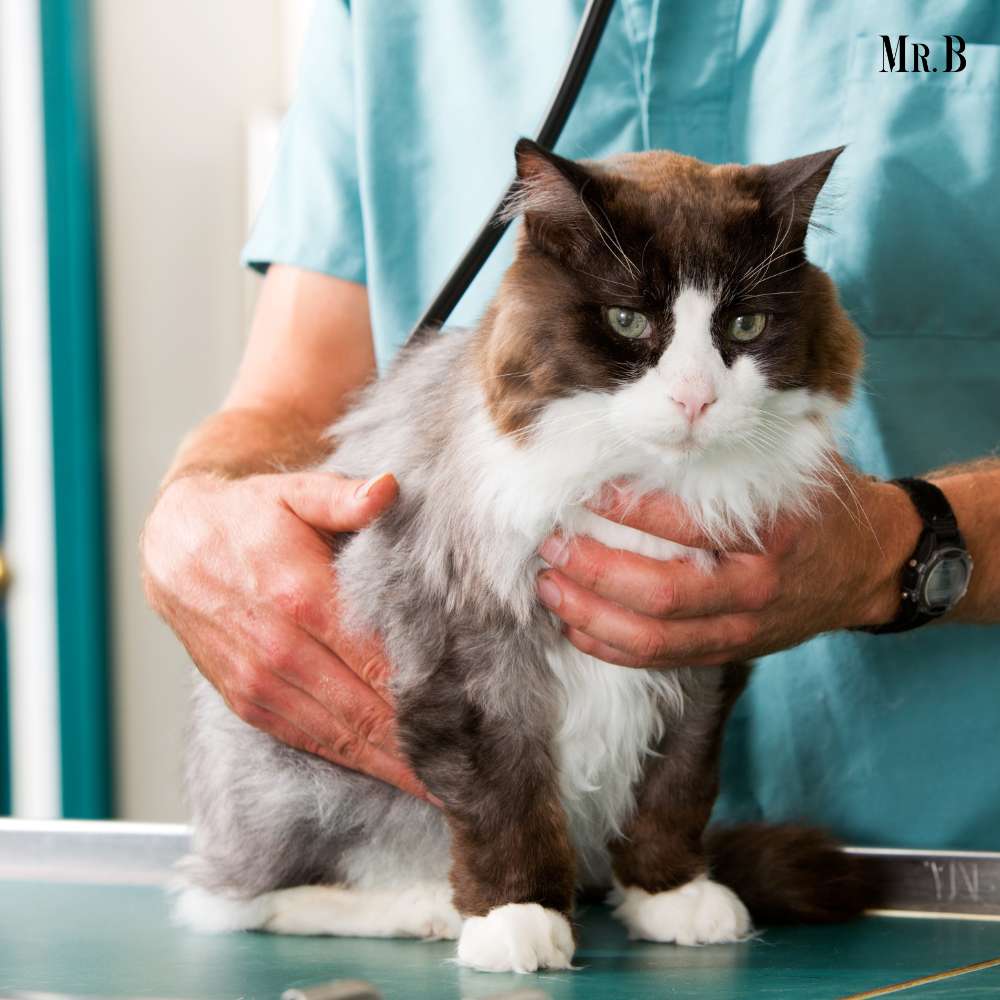In the realm of modern veterinary medicine, innovative technologies continue to redefine the landscape of animal healthcare. One such groundbreaking advancement is “veterinary endoscopy.” This technique, often hailed as a game-changer in diagnostics and treatments, involves the use of specialized instruments to visualize and treat internal structures in animals. In this comprehensive guide, we will delve into the intricacies of veterinary endoscopy, exploring its applications, benefits, and how it is revolutionizing the way veterinarians diagnose and address various health issues in our beloved animal companions.
Unveiling the World of Veterinary Endoscopy
Veterinary endoscopy is a minimally invasive procedure that allows veterinarians to examine and treat internal organs and structures in animals. Using a flexible tube equipped with a light and camera, known as an endoscope, veterinarians can navigate through the body’s intricate passages, providing a detailed and real-time view of the internal anatomy. This section will explore the fundamentals of veterinary endoscopy and how it has become an invaluable tool in the veterinary arsenal.
Applications of Veterinary Endoscopy
The versatility of veterinary endoscopy extends across various medical fields within veterinary care. From gastroenterology to respiratory and urogenital issues, the applications are vast. This section will delve into specific cases where it shines, showcasing its role in diagnosing gastrointestinal disorders, exploring airways, and addressing urinary tract abnormalities. The ability to visualize internal structures without invasive surgery has transformed the diagnosis and treatment of a multitude of conditions.

Benefits of Veterinary endoscopy
Veterinary endoscopy offers a myriad of benefits, both for veterinarians and their furry patients. Reduced trauma, minimal recovery time, and precise diagnostics are just a few advantages. This section will elaborate on how the endoscopy minimizes the need for exploratory surgeries, accelerates the diagnostic process, and enhances the overall safety and well-being of animals undergoing these procedures.
Evolution in Veterinary Care:
As technology evolves, so does the landscape of veterinary care. This section will showcase real-life examples of veterinary endoscopy in action, detailing how veterinarians employ this technique to address specific cases, ranging from the removal of foreign objects in the digestive tract to obtaining biopsies for accurate cancer diagnoses. Through these examples, readers will gain a deeper understanding of the transformative impact this endoscopy has on the treatment landscape.
Why is It Important to Conduct a Veterinary Endoscopy?
It has emerged as a pivotal diagnostic and therapeutic tool, revolutionizing the approach to animal healthcare. This advanced medical procedure involves the use of a flexible endoscope, a slender tube with a light and camera, allowing veterinarians to visually examine internal organs and cavities of animals. The importance of the endoscopy extends beyond traditional diagnostic methods, offering numerous benefits for both veterinarians and their animal patients.

1. Enhanced Diagnostic Precision
The endoscopy provides a high-definition, real-time view of the internal structures, enabling veterinarians to identify and diagnose a myriad of conditions with unprecedented precision. From gastrointestinal issues to respiratory problems, this procedure allows for a thorough examination, aiding in the accurate detection of ailments that may remain hidden through other diagnostic means.
2. Minimally Invasive Exploration
One of the key advantages of veterinary endoscopy lies in its minimally invasive nature. Unlike traditional exploratory surgeries, endoscopic procedures involve small incisions or natural body openings, reducing trauma and promoting faster recovery. This not only minimizes the stress on the animal but also ensures a quicker return to normal activities.
3. Tailored Therapeutic Interventions
The endoscopy is not confined to diagnostics; it serves as a versatile tool for therapeutic interventions. With specialized instruments passed through the endoscope, veterinarians can perform procedures such as removing foreign objects, obtaining biopsies, or even addressing certain urinary and respiratory issues. This dual diagnostic and therapeutic capability enhances the overall efficacy of the veterinary care provided.
4. Preventing Unnecessary Invasive Procedures
By offering a direct visual assessment, this endoscopy aids in preventing unnecessary invasive procedures. It allows veterinarians to confirm the presence or absence of abnormalities before resorting to surgeries, reducing the risks associated with exploratory operations. This targeted approach contributes to more efficient and cost-effective veterinary care.

5. Monitoring and Follow-up
Veterinary endoscopy facilitates continuous monitoring of the progression of certain conditions and the effectiveness of treatments. Follow-up procedures can be conducted without the need for repeated invasive surgeries, providing a comprehensive understanding of the animal’s health status over time. This adaptability ensures that treatment plans can be adjusted as needed.
FAQs
Q1: What conditions can be diagnosed using veterinary endoscopy?
A1: This endoscopy is instrumental in diagnosing and treating various conditions, including gastrointestinal disorders, respiratory issues, and urogenital abnormalities.
Q2: Is the endoscopy painful for animals?
A2: No, this endoscopy is minimally invasive, causing minimal discomfort to animals. Sedation or anesthesia is often administered for a stress-free experience.
Q3: How long does it take for an animal to recover from a veterinary endoscopy procedure?
A3: Recovery time is typically minimal, as there are no major incisions. Most animals can resume normal activities within a day.
Q4: Can the endoscopy be used for preventive care?
A4: While it is primarily a diagnostic and therapeutic tool, veterinary endoscopy can be employed preventively for early detection of potential issues.
Q5: Are all veterinarians equipped to perform veterinary endoscopy?
A5: Specialized training is required for veterinarians to perform veterinary endoscopy. Not all practices may offer this service, necessitating referrals to specialized facilities.
Conclusion:
Veterinary endoscopy stands as a testament to the continuous evolution of veterinary medicine. Its non-invasive nature, coupled with its diverse applications, marks a paradigm shift in how veterinarians approach diagnostics and treatments. As the field of veterinary endoscopy continues to advance, our beloved animal companions benefit from more precise, efficient, and compassionate care.







